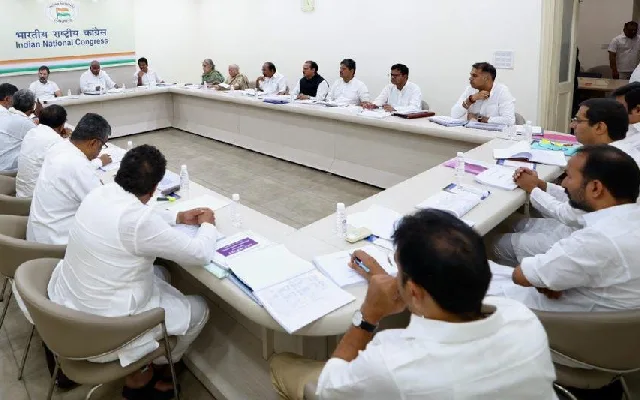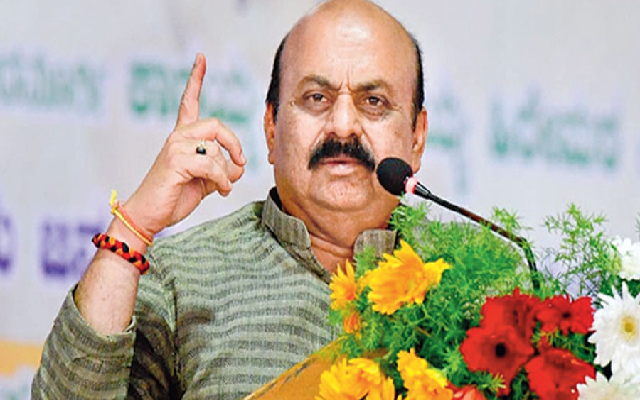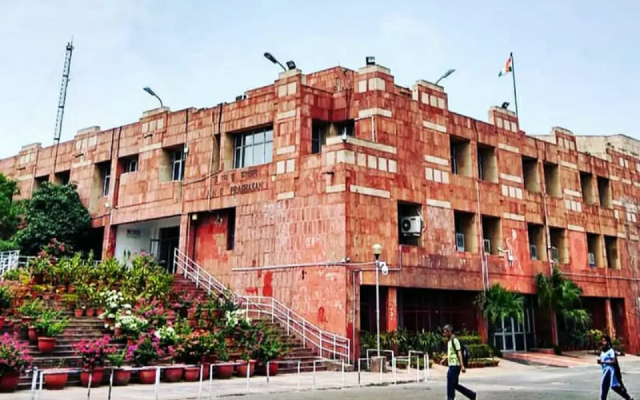
In the past two months, the method of syllabus delivery by a teacher has changed dramatically along with all other things that have changed for everyone everywhere. The reality of this fact is that for many teachers online teaching and using educational technology has been a tough assignment. On the 20th of March after a lot of apprehensions and with almost 4 hrs prior notice almost all schools and colleges across India closed down classrooms (offline physical classes) and within a week later shifted completely to online-virtual classrooms on various platforms for the first time. Even for some educational institutes who were flaunting blended teaching environments (both online and offline mode) also it was a challenge dealing with this overnight shift and the new normal. As two months have passed with this system of teaching with students attending online classes here is a perspective of a teacher based on the experiences while walking through the new path and which sheds light on apprehensions and challenges.
First let us understand what an online class means so that it is easy to differentiate online education, online course, and other forms of education over the internet/virtual learning environment. As per T.B.Crews – An online class is that which is taught to students via the Internet or in an online learning environment where students access class objectives, lecture notes, instructional materials, and exams via the Internet. Also Students and the instructor interact online via e-mail, chat rooms, and threaded discussions. In an online class the whole classroom is not distracted the way it happens in a physical classroom and the student’s experience is based on ease of access, self-paced learning, and individual preferences.
The teacher becomes a facilitator here who can use various virtual classroom platforms to upload assignments, study material, multimedia resources, set deadlines for submission, conduct quizzes, and assessments. This content can be then directly and easily accessed by students anywhere and anytime. Certain classroom platforms allow to provide immediate feedback to students on their submissions and give tutorial lessons. There are also benefits for teachers and administrators as faculty meetings can be held in a virtual environment. Further the mentoring of students and keeping contact with parents of students and discussing progress and involvement is easier. In these days of data analysis ruling the roost student performance analysis and related data can help in tweaking lesson plans and content/syllabus delivery.
Online classes and delivering online lectures have many benefits but there are some challenges too. The software and the platforms used, cater more to the student and his/her experience in certain areas rather than teachers’ and has some issues from the teacher’s perspective. The education department software or the college/university software where the attendance percentage, marks, and results are still entered on various proprietary software which is not integrated with the software teacher’s use for online teaching/learning in most of the cases. The digital divide and access to the internet or the connectivity issue are a greater problem for teachers than the students. Hence the students can be in the comfort of their homes but in order to maintain uniformity in delivery and quality, teachers may need to avail institutes’ connectivity, equipment/facility, and gadgets. Thus making the teacher attend work from the workplace but not from home.
The younger generation of teachers are adept and knowledgeable in current technologies. But senior faculty are yet to gear up with emerging educational technologies and there is a skills gap evident. The sudden shift to online teaching has created problems as it is unplanned and is not uniform over the region and across the institutes. Boring professional development sessions and constant updates or how-to guides will put off not so digitally armed teachers. The shift to online teaching should have been rolled out in a planned and trained approach. The teachers or instructors should have been trained in a crash course manner at least instead of leaving them on their own and burdening them with syllabus delivery in a new mode all of a sudden. Teachers also need to reach those students who have not been reached due to the digital divide and with poor access to internet or connectivity issues.
The uniform physical classroom environment is changed due to these differences in a virtual classroom environment. The ideal condition for online teaching-learning would have changed the perspectives altogether. But the current situation is far from ideal and presents a challenging opportunity to change the students’ experiences in learning and also the teachers’ ability to teach effectively through tech tools. It’s a hope that Educational Technology that has the potential to effectively enhance the learning experience for students and the experience of a teacher now can define the future classroom which is seen as a new normal.
About the author
Dr. R. G D’Souza is Principal, Yenepoya Institute of Technology, Moodabidri. He holds a doctorate in civil Engineering from NITK and has 2 decades of experience in Academics and Administration

















